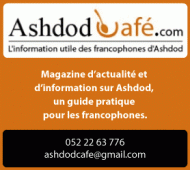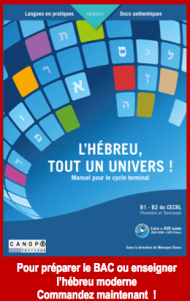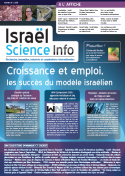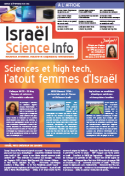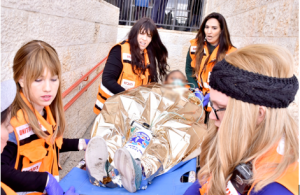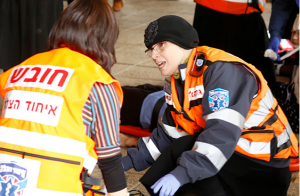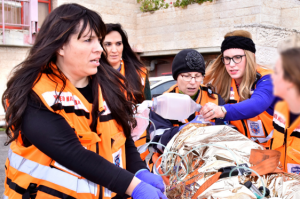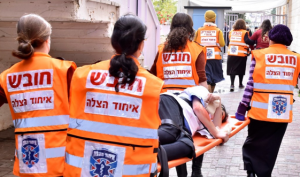89 women participated in what was the first ever all-female mass casualty incident (MCI) drill of its kind in Israel. The women, many of whom are from different Ultra-Orthodox communities in Israel, recently finished EMT training courses in different parts of the country. They joined together in Jerusalem on Tuesday for a combined drill which simulated a massive terror attack on a girl’s high-school, arranged under the oversight of certified United Hatzalah trainers, paramedics and doctors. The drill included 59 “injured” persons who were professionally made up to appear as wounded individuals, sirens, recorded screaming, flashing lights and smoke machines that were employed to give a sense of realism to the scene.
Batsheva Soussan, one of the newly graduated EMTs and a participant in the drill, spoke about her experience. “The drill was well orchestrated and allowed us to get a first -hand feeling of what a mass casualty incident is like. For the first time we, the new graduates, were able to see all of the different levels of EMS responders working together at the same scene. For me, it was empowering to see this many women from different walks of life, with different backgrounds and EMS specializations coming together to get better at saving lives.”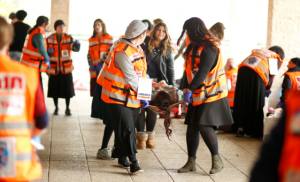
Soussan explained that the unifying interest of life-saving, that was prevalent with all of the women, bridged religious divides as well as social ones. “Many of the women who were there today come from very religious backgrounds. It was inspiring to see them be able to step out of their responsibilities at home and their places of work to do something that was truly meaningful for them. This exemplifies how each of us can step outside of our own comfort zones and make a difference in our own community.”
Soussan got her start working in United Hatzalah a while back, and having seen the effect of the life-saving stories occurring around her, knew deep down that she too wanted to become an EMT. “There was a situation when one of our dispatchers helped a mother save her own child that was choking. That story showed me how a person can help even from afar. It really moved me and I knew that I wanted to become an EMT and save people as well. I am very thankful to this organization, which is a religiously minded one, for giving women a place to learn and join the ranks of the volunteers who save lives every day. They allow us to learn as women, train together as women, and work together in small groups or on our own, according to our own schedules. I don’t think that I could do training shifts on an ambulance per se, but being a community-based emergency responder on my own is something that I could certainly do, and that I want to do. The style of responding that the organization is based upon is something that allows me the freedom to volunteer, as I am needed.”
Another participant, Bracha Zicherman was also inspired to become an EMT due to seeing the effect of the community-based responders all around her. “I see how much of a difference EMTs make in our community and I knew I wanted to help, as I have a lot to give.”
Zicherman added that for her, the drill made the information that the women had learned in the course come alive. “The drill was the first experience in treating people and not dolls. It became real for me, that this is something that I will now be doing to help people. When you see a person with a knife sticking out of their head, even if it is a fake knife and professional make-up, you get a sense of realism that isn’t present in training courses, no matter how professional they are. While the drill by nature is a drill of chaos, the trainers ran it perfectly and it really brought home the message that we will be out there helping people very soon.”
Zicherman also added that the nature of the drill, allowing women to participate in a setting that was specifically designed for them, was empowering for her. “For most of us, this is a huge step forward. There are many issues involved when men treat women during a trauma scene. When a woman has a chest injury or an injury that affects her reproductive system, it is both more comfortable and less intrusive for a woman to be treated by another woman. Imagine a woman who has never even uncovered her hair in front of a man to suddenly be stripped by a male EMT. The scenario simply adds trauma of a different sort to the injury.
Zicherman imagines a time when only female EMTs will be sent to treat women suffering from medical emergencies. “In situations such as childbirths and other cases where women would prefer privacy having a woman treat the patient, it is especially important for the woman who is at her most vulnerable moment. I look forward to the day when we will have enough female EMTs that we will be able to send only women to treat women during medical emergencies. This will allow us to lessen the traumatic experience for the female patients,” she said. “This course and this drill were definitely steps in the right direction.”
The drill was organized by recently graduated EMT Gitty Beer, who is also the wife of the Founder and President of United Hatzalah, Eli Beer. Gitty said that she organized the drill to better prepare the newly minted EMTs for the worst possible scenario that they may ever have to face. According to Eli, Gitty has become the de facto head of what looks to become a women’s division of the organization, focusing on women providing emergency medical assistance to other women. In line with that thinking, the drill was run by women and for women only.
“We combined four groups of recently graduated women, all of whom completed their EMT training courses within the past few months. The courses, some of which were sponsored by the Lions of Judah women’s organization, were put in place in order to allow women who wanted to learn how to save lives to be able to do so in a comfortable and “kosher” environment, all while building bonds of friendship and camaraderie with other like-minded women,” explained Gitty. “We all know that medical emergencies can be terribly unnerving and very exposing. Our hope is to eliminate as much of the discomfort felt by female patients as possible. People are already in a vulnerable state during an emergency, we are aiming to minimize that.”
Gitty added that she was very pleased with the turnout during the drill and the results.
“The sheer quantity of people involved in the drill, and the professionalism that each of them portrayed, was simply spectacular. Many of the women did not do military or national service due to their religious lifestyle. Many feel that they are lacking something outside of their family or professional life that can empower them. During the courses, they learn the skills needed to save lives. These skills can motivate them and help them become more self-assured in their personal lives and in their own communities. They learn the skills, and then they turn around and help out their own community. It is a win-win for everyone. The women receive the knowledge and capability to help their communities, the communities receive extra medical care, and the patients receive faster and less intrusive medical care from like-minded caregivers who are now trained EMTs. This project is great for women of all communities, whether they are caregivers or patients. But at the end of the day, it is the patients who we need to keep in the forefront of our minds. Their needs come first, and they are the ones who will benefit the most from these types of courses,” concluded Gitty.






